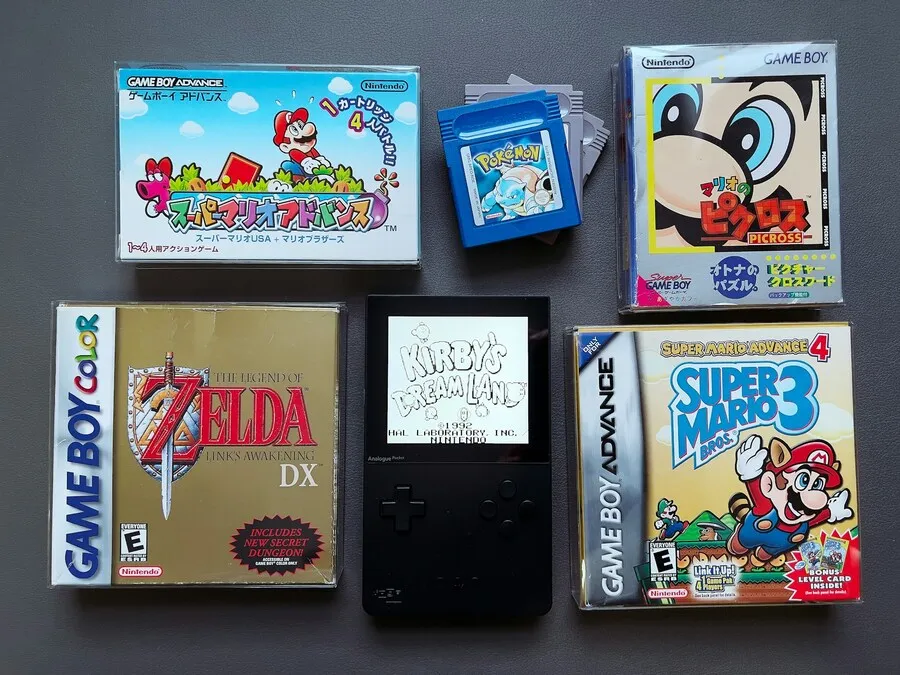The learning curve for publishing and marketing a book can be tremendous, and no matter how much research is done before a book is published, most authors find that publishing and marketing a book is a “learn as you go” educational experience. Some of the best tips about publishing and marketing are derived from fellow authors, while others are happenstance and learned from trial and error. Here is a compilation of tips in no specific order, from simple common sense ones to secrets that will help you sell large quantities of books.
- Make Your Business Cards Make You Stand Out. Have a professionally designed business card with your name and/or company name on it as large as possible. Make it colorful and unique so it stands out-so that it becomes more than a provider of information-it becomes a conversation piece among people. And carry a plastic name tag holder with you and slip your business card inside it. While everyone else at a conference will have one of those silly sticker name tags with a name written in marker, you will have a name tag that might include your logo or other branding marks for your business that make it memorable.
- Hospital Gift Shops. Few authors I know have their books in hospital gift shops. This much overlooked venue can be a great place to sell books because you have a captive audience at your fingertips. People find themselves often unexpectedly stuck in a hospital for a long time, either as a patient, or as the patient’s friend or family member, and they need something to read. If your book is one of the few in the hospital gift shop, you’re likely to make a sale. Furthermore, hospital gift shop staff have told me that many hospital employees prefer to shop in the hospital gift shop over any other place because the gift shops have unique gifts, and because they are too tired after working long shifts to run to the department stores.
- Book Delivery. When delivering books with your car, fill the backseat and the trunk, but never, ever put two boxes of books on your front seat. One author I know did so, only to turn a corner, have a box topple onto him, and nearly cause an accident. Books can be hazardous when not transported properly. Also, buy a small fold-up dolly to carry in your car in case you have to park far away or deliver multiple boxes. Trust me; you’ll be glad you did.
- Sign up with Alibris. This site was unknown to me until another author told me about it. Rather than individually trying to list your book at Amazon, Barnes & Noble, Books a Million, and several other sites, you can do it all in one shot at Alibris.com. You can also manage your sales through its system so you don’t need to log into each individual site. The convenience and extra listings at multiple stores is worth the small fees.
- Be an Amazon Seller. If you decide to list your book at Amazon individually, have a page created for the book but list it as not available. Then rather than shipping your books to Amazon and giving them a significant cut, list yourself as an individual seller and mail the individual copies yourself. Amazon takes a smaller cut of your money when you list yourself as an individual seller and still reimburses you for postage. The only disadvantage is purchases of your book are not eligible for Amazon’s free shipping, but you’ll definitely make more money selling your books this way.
- Google Alerts. Are you wondering whether word is getting out about your book? Are you constantly Googling your name or your book title to see what’s being said about it? Sign up for Google Alerts and enter in keywords such as your name and that of your book title and you’ll get a list of the latest updates of where they are mentioned online in your email to save you time. If your book is about current events or other topics of high interest, you can also enter keywords into Google Alerts to get alerted whenever the topic appears in the news. For example, if you’ve written a book about whether Noah’s Ark ever existed, then you can use that as your keyword and whenever Noah’s Ark is in the news or a new book about it comes out, you’ll get an alert-you then will be on top of the latest news and can capitalize on the opportunity to contact the media or send out press releases on the topic whenever it becomes popular and newsworthy again.
- The $30 Page. Most authors have at least once had their hands slip while signing books, or they misspell someone’s name. When Eric tells you his name isn’t spelled “Erik,” you smile, put aside the copy with the error, and give Eric a new book with his name spelled correctly. But you don’t have to throw away that other book. When you print your books, put an extra page in the front with just your book title on it, while your next page has the title and your name on it. Then always sign the first page, but if you screw up, you can tear out that page (but not in front of Erik) and sign your name on the next page and send it out to someone else. Whether your book sells for $5 or $30, that extra page just saved you money-that’s why I call it the $30 page-it’s worth $30 not to waste a book you could sell.
- Waiting Rooms. Waiting rooms in doctors and dentists’ offices, barber shops, and other places where people may have to sit and wait are perfect places to market your book to a captive audience. Bring a free book to your dentist, your optometrist, your hairdresser, your local car garage. Tell them they can have the book for free and they are welcome to take it home to read, but you would then like to have it left in the waiting room for people to look at. The doctor or dentist will be excited that you are giving him or her something for free, and the patients or customers will be sure to see it and be able to read just enough to wet their interest so they will want to buy the book later.
- Build Your Customer List. Some of this may be obvious, but not all of it. Put on your website an option to join your email newsletter. Collect email addresses so you can keep people updated on your events and future books. When you have a book signing, have a sign-up sheet for your email newsletter; be sure also to collect names and addresses if people want to be on a snail mail list. When people buy from you via credit card or pay with check, collect their addresses from their orders and off their checks for your mailing list. Mail out postcards to them when your next book comes out. If people are on both your email and your snail mail list, don’t hesitate to contact them both ways. An email may not go through. A book may only mildly interest them on the first notice, but peak their interest with the second.
- Christmas Cards. Have special Christmas cards designed with an appropriate quote from your book or your book cover on them. Send them out in early December as thank you notes to the stores carrying your book and a reminder of your product, as well as to all your friends and family as a way to tell them about your book while giving them a few weeks to order copies for themselves or as Christmas presents.
Great tips for book publishing and marketing are everywhere. I’ve shared a few of mine with you. Now share yours with other authors and ask them to do the same. Then get out there and sell those books!
Source by Irene Watson












